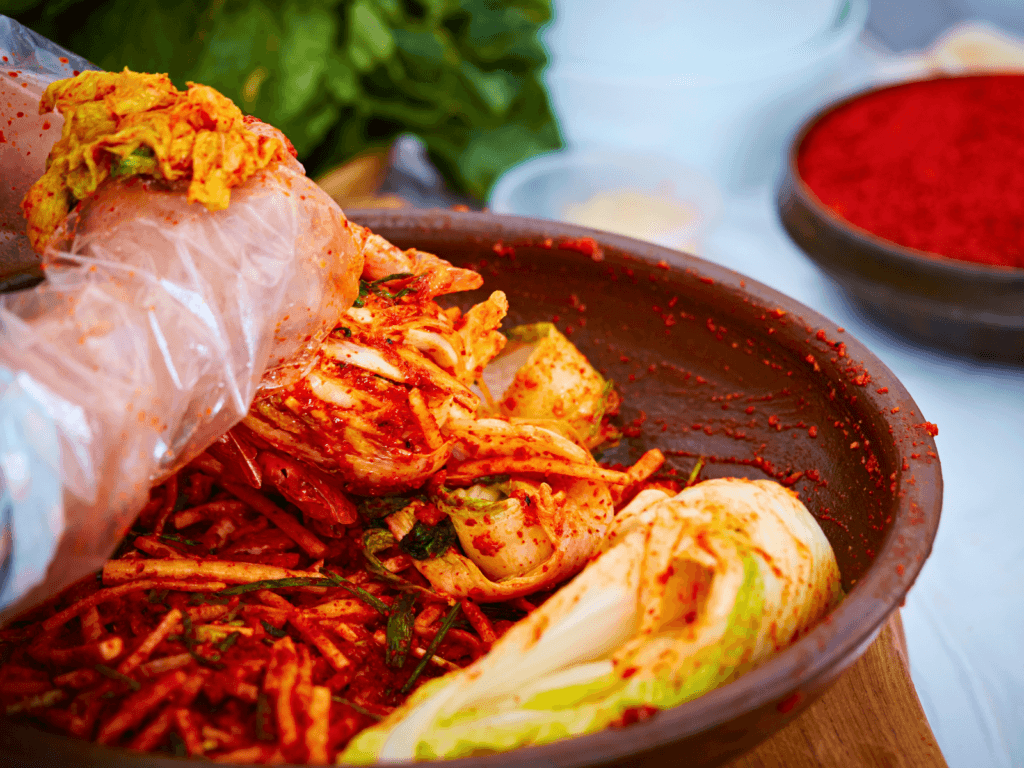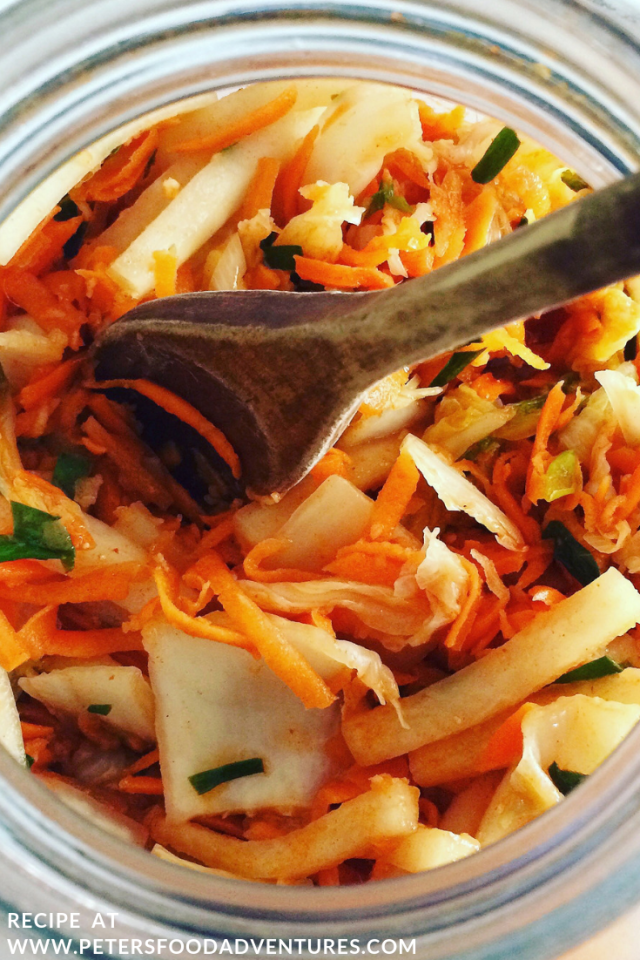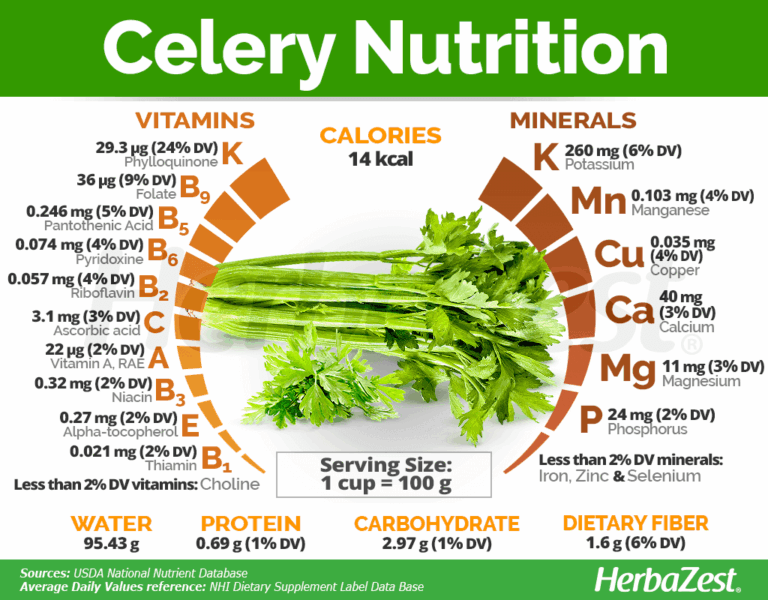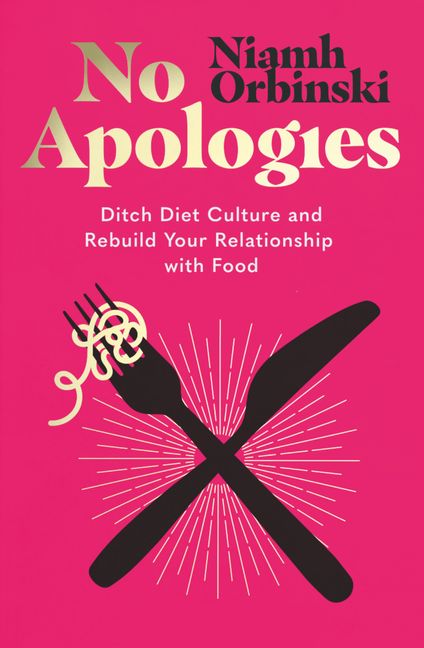Shield Your Health: The Immune-Boosting Magic of Kimchi
From the humble tables of Korean households to the sophisticated menus of Michelin-starred restaurants, kimchi has transcended its culinary origins to become a global phenomenon. More than just a fermented vegetable dish, kimchi is a vibrant testament to ancient wisdom, a complex symphony of flavors, and, as modern science increasingly reveals, a formidable ally in the quest for optimal health. At its heart lies a profound secret: its unparalleled ability to shield your health by fortifying the very core of your body’s defense system – the immune system.
This isn’t merely a tale of a tasty condiment; it’s the story of a culinary legend, born of necessity and perfected over millennia, whose potent blend of probiotics, prebiotics, vitamins, and bioactive compounds creates a dynamic force against illness. For the knowledgeable audience, eager to delve beyond surface-level facts, this article will unravel the intricate mechanisms, historical tapestry, and scientific validations that elevate kimchi to its rightful place as an immune-boosting magic. Prepare to embark on a journey that explores the microscopic marvels within each crunchy bite, revealing why this fiery, fermented delight is a cornerstone of well-being.
>
The Genesis of a Superfood: Kimchi’s Storied Past
To truly appreciate kimchi’s power, one must first understand its roots. The story of kimchi begins not in a laboratory, but in the harsh Korean winters, where preserving vegetables was a matter of survival. Long before refrigeration, fermentation emerged as an ingenious method to extend the shelf life of seasonal produce, particularly the ubiquitous napa cabbage. Early forms of kimchi, dating back to the Three Kingdoms period (around 37 BC – 668 AD), were likely much simpler, involving salted vegetables.
Over centuries, as trade routes opened and new ingredients arrived – notably chili peppers from the Americas in the 16th and 17th centuries – kimchi evolved into the complex, spicy, and deeply flavored dish we recognize today. The addition of chili pepper (gochugaru) not only introduced its characteristic heat and vibrant red hue but also contributed a wealth of antioxidants. Garlic, ginger, scallions, radishes, and various seafood components like salted shrimp or anchovy paste were integrated, each adding layers of flavor, texture, and, crucially, nutritional complexity.
Kimchi is more than food; it is a cultural cornerstone, deeply embedded in Korean identity. The act of kimjang, the traditional communal process of making large quantities of kimchi to last through the winter, is recognized by UNESCO as an Intangible Cultural Heritage of Humanity. This ritualistic preparation underscores the dish’s social importance, passed down through generations, ensuring not just a pantry full of food, but a continuous legacy of health and community. This historical journey from a basic preservation technique to a sophisticated culinary art form laid the groundwork for the creation of an unparalleled immune-boosting food.
>
The Alchemy of Fermentation: A Microbiome Maestro
At the heart of kimchi’s immune-boosting prowess lies the transformative process of fermentation. This ancient technique is a biological marvel, orchestrated by an invisible army of microorganisms, primarily lactic acid bacteria (LABs). When vegetables are submerged in brine, these beneficial bacteria begin to break down sugars, producing lactic acid, acetic acid, and other organic compounds. This not only preserves the food and imparts its characteristic tangy flavor but also profoundly alters its nutritional profile.
For the knowledgeable audience, the specifics of this transformation are fascinating. The predominant LABs in kimchi include species like Lactobacillus plantarum, Lactobacillus brevis, Lactobacillus sakei, and Leuconostoc mesenteroides. These aren’t just passive residents; they are active agents that:
- Increase Bioavailability: Fermentation breaks down complex compounds in vegetables, making their nutrients more easily absorbed by the human body. For instance, minerals like iron and zinc become more accessible.
- Synthesize New Nutrients: LABs are metabolic powerhouses. They synthesize B vitamins (B1, B2, B12), vitamin K2, and various amino acids, enriching kimchi’s nutritional density beyond its raw ingredients.
- Produce Bioactive Compounds: Beyond acids, fermentation generates an array of beneficial compounds, including bacteriocins (natural antimicrobial peptides), exopolysaccharides (EPS), and short-chain fatty acids (SCFAs) like butyrate, which are critical for gut health and immune modulation.
The resulting fermented product is a probiotic powerhouse. Probiotics, by definition, are live microorganisms that, when administered in adequate amounts, confer a health benefit on the host. Kimchi, with its diverse and robust microbial population, delivers a significant dose of these beneficial bacteria directly to the gut. This introduction of diverse flora is foundational to its immune-enhancing capabilities, as the gut is inextricably linked to our overall immune function.
>
The Gut-Immune Axis: Kimchi’s Direct Line to Defense
The human gut is not merely a digestive organ; it is a complex ecosystem, home to trillions of microorganisms collectively known as the gut microbiota. This internal universe plays a pivotal role in nearly every aspect of human health, none more so than immunity. Indeed, approximately 70-80% of the body’s immune cells reside in the gut-associated lymphoid tissue (GALT). This intricate network, often referred to as the gut-immune axis, is the primary interface through which kimchi exerts its profound immune-boosting effects.
When the beneficial bacteria from kimchi arrive in the gut, they initiate a cascade of positive interactions:
- Balancing the Microbiome: A healthy gut is characterized by a diverse and balanced microbial community. Kimchi’s probiotics help to establish and maintain this balance, suppressing the growth of pathogenic bacteria and promoting the proliferation of beneficial species. A balanced microbiome is less prone to dysbiosis, a state of microbial imbalance linked to inflammation and various chronic diseases.
- Strengthening the Gut Barrier: The gut lining acts as a critical barrier, preventing harmful substances (toxins, undigested food particles, pathogens) from entering the bloodstream. Probiotics in kimchi, particularly species like Lactobacillus plantarum, have been shown to enhance the integrity of this barrier by tightening the "tight junctions" between intestinal cells. A compromised gut barrier (often called "leaky gut") is a gateway to systemic inflammation and immune dysregulation.
- Modulating Immune Responses: This is perhaps the most sophisticated aspect of kimchi’s immune action.
- Innate Immunity: Probiotics interact directly with immune cells in the GALT, stimulating their activity. They can enhance the function of macrophages and natural killer (NK) cells, which are part of the body’s first line of defense against pathogens and cancer cells.
- Adaptive Immunity: LABs can influence the production of various cytokines – signaling molecules that regulate immune responses. They can promote the production of anti-inflammatory cytokines (e.g., IL-10) and suppress pro-inflammatory ones (e.g., TNF-α, IL-6), helping to prevent chronic low-grade inflammation that weakens immunity. Furthermore, they can stimulate the production of secretory immunoglobulin A (sIgA), a crucial antibody that provides mucosal immunity in the gut and respiratory tract, preventing pathogens from adhering to host cells.
- T-cell Differentiation: Some probiotic strains can influence the differentiation of T-helper cells, shifting the immune response towards a more balanced and effective state, capable of distinguishing between harmful invaders and harmless substances.
The production of short-chain fatty acids (SCFAs), especially butyrate, by gut bacteria metabolizing dietary fiber (prebiotics, abundant in kimchi’s vegetables) is another critical link. Butyrate is the primary energy source for colonocytes (cells lining the colon) and plays a significant role in reducing inflammation, regulating gene expression in immune cells, and supporting overall gut health, thereby indirectly bolstering systemic immunity.
In essence, kimchi acts as a sophisticated communicator, training and fine-tuning the immune system from its command center in the gut. By fostering a healthy gut environment, it equips the body with a more robust, balanced, and responsive defense mechanism against a myriad of threats.
>
A Symphony of Super-Ingredients: The Ensemble Effect
While fermentation and probiotics are primary drivers, kimchi’s magic is amplified by its rich tapestry of ingredients, each contributing its unique immune-enhancing properties. The synergistic effect of these components creates a powerful whole greater than the sum of its parts.
-
Napa Cabbage (Baechu): The Foundation: The main ingredient, napa cabbage, is a cruciferous vegetable belonging to the Brassica family, known for its exceptional health benefits. It’s rich in:
- Vitamin C: A potent antioxidant crucial for immune cell function, antibody production, and reducing oxidative stress.
- Vitamin K: Essential for blood clotting and bone health, but also plays a role in regulating inflammation.
- Vitamin A (in the form of beta-carotene): Vital for maintaining healthy mucous membranes, which are the first line of defense against pathogens, and supporting lymphocyte function.
- Fiber: Provides the essential prebiotics that feed beneficial gut bacteria, fueling SCFA production.
- Glucosinolates: These compounds are broken down into isothiocyanates (ITCs) during digestion and fermentation. ITCs are powerful antioxidants and anti-inflammatory agents, and have demonstrated anti-cancer properties.
-
Garlic (Maneul): The Potent Protector: Garlic is a true superfood, long revered for its medicinal properties. In kimchi, its presence is not just for flavor:
- Allicin: The primary active compound, released when garlic is crushed, is a potent antimicrobial, antiviral, and antifungal agent. It directly combats pathogens and modulates immune cell activity.
- Sulfur Compounds: These compounds have significant anti-inflammatory and antioxidant effects, helping to protect cells from damage and reduce systemic inflammation.
- Selenium: An essential trace mineral vital for immune function, particularly in supporting the activity of NK cells and T-cells.
-
Ginger (Saenggang): The Warming Warrior: Ginger adds a pungent warmth and a wealth of health benefits:
- Gingerols, Shogaols, and Zingerone: These bioactive compounds are powerful anti-inflammatory and antioxidant agents. They can soothe irritated mucous membranes, reduce nausea, and alleviate pain.
- Antiviral Properties: Ginger has been shown to exhibit direct antiviral activity, particularly against respiratory viruses, and can help to clear congested airways.
- Immune Modulator: It can stimulate macrophage activity and enhance the production of specific antibodies.
-
Gochugaru (Korean Chili Powder): The Fiery Fortress: This vibrant red chili powder is responsible for kimchi’s characteristic heat and color, but also brings significant immune benefits:
- Capsaicin: The compound responsible for chili’s heat, capsaicin has demonstrated anti-inflammatory and antioxidant properties. It can also act as a natural decongestant and pain reliever.
- Vitamins and Antioxidants: Gochugaru is rich in vitamin C, vitamin A, and various carotenoids (like beta-carotene and capsorubin), which act as powerful free radical scavengers, protecting cells from oxidative damage.
-
Radish (Mu): The Crunchy Contributor: Often added for texture and a refreshing bite, radish also contributes to the nutritional profile:
- Vitamin C: Another good source of this essential immune vitamin.
- Antioxidants: Contains various flavonoids and other phenolic compounds with antioxidant activity.
- Sulfur Compounds: Similar to cabbage, radishes contain glucosinolates that contribute to detoxification and immune support.
-
Scallions (Pa): The Aromatic Ally: Providing a mild oniony flavor, scallions are also packed with goodness:
- Vitamins A and C: Further boosting the antioxidant and immune-supporting profile.
- Quercetin: A powerful flavonoid with antihistamine, anti-inflammatory, and antioxidant properties, which can help regulate immune responses and reduce allergic reactions.
This diverse array of ingredients, carefully balanced and fermented, creates a synergistic effect where the combined immune-boosting potential far surpasses that of any single component. Each bite of kimchi is a potent dose of nature’s finest immune defenders.
>
Beyond the Gut: Systemic Immune Fortification
While the gut-immune axis is paramount, kimchi’s influence extends far beyond the digestive tract, impacting systemic immunity through various interconnected pathways.
-
Anti-Inflammatory Powerhouse: Chronic low-grade inflammation is a silent epidemic, weakening the immune system and contributing to a host of chronic diseases (heart disease, diabetes, autoimmune conditions, neurodegenerative disorders, and even certain cancers). Kimchi, through its probiotics, prebiotics, antioxidants, and bioactive compounds (like capsaicin, gingerols, and allicin), actively combats this systemic inflammation. By modulating cytokine production, reducing oxidative stress, and promoting a healthy gut barrier, kimchi helps to quell the inflammatory fires, allowing the immune system to function optimally rather than being constantly overstimulated.
-
Antioxidant Defense System: Our bodies are constantly under attack from free radicals, unstable molecules that cause oxidative stress and cellular damage. This damage can compromise immune cells and accelerate aging. Kimchi is an exceptionally rich source of antioxidants – vitamins C and A, carotenoids, flavonoids, and various phenolic compounds from its diverse ingredients. Fermentation further enhances the antioxidant capacity of these compounds. By neutralizing free radicals, kimchi shields immune cells from damage, preserving their integrity and ensuring their efficient operation.
-
Antiviral and Antimicrobial Potential: Numerous studies have explored kimchi’s direct effects against various pathogens. The LABs themselves produce bacteriocins and other antimicrobial peptides that can inhibit the growth of harmful bacteria. Furthermore, compounds from garlic (allicin) and ginger (gingerols) have demonstrated direct antiviral and antibacterial properties. Research suggests that regular consumption of fermented foods like kimchi may enhance the body’s resistance to common infections, including respiratory viruses. While not a cure, it contributes to a more resilient internal environment.
-
Detoxification Support: The cruciferous vegetables in kimchi, particularly napa cabbage, are renowned for their ability to support the body’s natural detoxification pathways. Glucosinolates are converted into isothiocyanates, which activate enzymes in the liver that help neutralize and eliminate toxins. A body with efficient detoxification systems is less burdened by internal stressors, allowing the immune system to focus its energy on combating external threats.
By engaging these systemic mechanisms, kimchi acts as a comprehensive immune fortifier, not just reacting to threats but proactively building resilience. It helps create an internal environment where the immune system is well-regulated, robust, and ready to defend against a wide spectrum of challenges.
>
The Holistic Health Spectrum: Kimchi’s Wider Embrace
The immune-boosting magic of kimchi is intrinsically linked to its broader benefits for overall health. A healthy body is inherently more immune-competent. Kimchi’s holistic impact further solidifies its status as a foundational food for well-being:
-
Digestive Health: Beyond just introducing probiotics, kimchi’s high fiber content acts as a prebiotic, nourishing existing beneficial gut bacteria. This dual action promotes regular bowel movements, aids in nutrient absorption, and can alleviate common digestive issues like constipation and bloating. A well-functioning digestive system is fundamental to robust immunity.
-
Cardiovascular Health: Research suggests that compounds in kimchi, particularly from garlic and the fermentation process, can contribute to heart health. They may help lower cholesterol levels (especially LDL or "bad" cholesterol), reduce blood pressure, and improve blood vessel elasticity. The anti-inflammatory and antioxidant properties also protect against arterial damage, a precursor to heart disease.
-
Weight Management and Metabolic Health: Kimchi is a low-calorie, nutrient-dense food. Its fiber content promotes satiety, helping to reduce overall calorie intake. The probiotics in kimchi may also influence metabolism and fat storage. Studies have indicated that fermented foods can positively impact metabolic parameters, potentially aiding in weight management and improving insulin sensitivity, thus reducing the risk of type 2 diabetes.
-
Anti-Cancer Potential: The combined effects of cruciferous vegetables (glucosinolates), garlic (organosulfur compounds), chili peppers (capsaicin), and the specific probiotic strains in kimchi have garnered significant interest in cancer research. These compounds exhibit anti-proliferative, pro-apoptotic, and anti-angiogenic effects, meaning they can inhibit cancer cell growth, induce cancer cell death, and prevent the formation of new blood vessels that feed tumors. While not a cure, regular consumption as part of a healthy diet may contribute to cancer prevention.
-
Skin Health: The gut-skin axis is a recognized phenomenon. By improving gut health and reducing systemic inflammation, kimchi can indirectly benefit skin conditions like acne, eczema, and psoriasis. Its rich antioxidant content also helps protect skin cells from environmental damage and promote a healthy glow.
-
Cognitive Health: Emerging research points to a strong gut-brain axis. A healthy gut microbiome, fostered by fermented foods like kimchi, can influence neurotransmitter production, reduce neuroinflammation, and potentially improve mood and cognitive function. The B vitamins synthesized during fermentation are also crucial for brain health.
This comprehensive array of benefits paints a picture of kimchi as a true superfood, contributing to a resilient and harmonious internal environment where the immune system can thrive.
>
Making Kimchi Your Ally: Practical Integration
Embracing the immune-boosting magic of kimchi doesn’t require a trip to Korea or a complete overhaul of your diet. Integrating this powerhouse food into your daily life can be both simple and delicious.
-
Choosing Quality Kimchi:
- Refrigerated Section: Always look for kimchi in the refrigerated section of your grocery store. Shelf-stable versions are often pasteurized, meaning the beneficial live cultures have been killed.
- Ingredients List: Opt for kimchi with simple, recognizable ingredients. Avoid brands with artificial preservatives, excessive sugar, or unhealthy oils.
- "Live & Active Cultures": While not always explicitly stated on kimchi, a good quality product will naturally contain these.
- Sodium Content: Be mindful of sodium. While necessary for fermentation, some brands can be excessively high. Moderate your portion sizes accordingly.
- Variety: Don’t be afraid to experiment with different types of kimchi (napa cabbage, radish, cucumber) and spice levels.
-
Making Your Own Kimchi: For the truly adventurous and those seeking maximum control over ingredients, making kimchi at home is a rewarding experience. Numerous recipes are available, ranging from beginner-friendly to more traditional, complex versions. This allows you to customize spice levels, salt content, and add your preferred vegetables and seasonings, ensuring a truly personalized immune booster.
-
Incorporating Kimchi into Your Diet:
- As a Side Dish: The most traditional way – simply enjoy a small serving (1/4 to 1/2 cup) with any meal. Its tangy, spicy, and savory notes complement almost anything.
- Stir-Fries: Add a dollop of kimchi to your vegetable or protein stir-fries at the end of cooking to retain its probiotic benefits.
- Soups and Stews: Kimchi jjigae (kimchi stew) is a classic for a reason! The rich, fermented flavor adds incredible depth. While heating will kill some probiotics, the prebiotics and other nutrients remain, and the overall flavor is fantastic.
- Rice Bowls and Noodle Dishes: Top your bibimbap, ramen, or any grain bowl with fresh kimchi for a flavor and health boost.
- Sandwiches and Wraps: Add a crunchy, spicy layer to your favorite sandwich or wrap.
- Eggs: Mix into scrambled eggs, or serve alongside a fried egg for a vibrant breakfast.
- Salads: Chop finely and add to salads for an unexpected burst of flavor and texture.
- Smoothies: For the truly adventurous, a small amount of kimchi can add a savory tang to green smoothies, though this is less common!
A Note on Heating: While kimchi is delicious cooked, it’s important to remember that prolonged high heat will destroy the live probiotic cultures. To maximize its probiotic benefits, aim to consume at least some of your kimchi raw or add it to dishes at the very end of cooking. Even cooked kimchi, however, still offers a wealth of prebiotics, vitamins, minerals, and antioxidants.
>
Navigating the Kimchi Journey: Considerations and Best Practices
While kimchi is overwhelmingly beneficial, a knowledgeable audience understands that no food is a panacea, and certain considerations are warranted.
-
Sodium Content: Traditional kimchi can be high in sodium, which is essential for the fermentation process and preservation. Individuals with hypertension or those on sodium-restricted diets should be mindful of portion sizes. Look for low-sodium versions or make your own to control the salt. Moderation, as with all things, is key.
-
Spice Level: The gochugaru in kimchi provides its signature heat. For those sensitive to spice, start with milder versions or smaller quantities. Over time, your palate may adapt, allowing you to enjoy spicier varieties.
-
Fermentation Byproducts: While beneficial, the fermentation process can sometimes produce gases that might cause temporary bloating or gas in individuals unaccustomed to fermented foods. Start with small portions (e.g., a tablespoon) and gradually increase your intake as your gut microbiome adjusts. This is often a sign that the beneficial bacteria are getting to work!
-
Consistency is Key: Like exercise or meditation, the benefits of kimchi are best realized through consistent, regular consumption rather than sporadic indulgence. Aim for a small serving several times a week to maintain a healthy gut microbiome and sustained immune support.
-
Holistic Approach: Kimchi is a powerful tool, but it’s part of a larger ecosystem of health. Its magic is amplified when combined with a balanced diet rich in whole foods, adequate hydration, regular physical activity, sufficient sleep, and stress management. It’s not a magic bullet, but a vital component of a comprehensive wellness strategy.
>
The Future of Fermentation: Research and Recognition
The global appreciation for kimchi and other fermented foods is not a fleeting trend but a growing movement backed by burgeoning scientific research. As our understanding of the human microbiome deepens, so too does the recognition of fermented foods’ profound impact on health. Scientists are continually isolating specific probiotic strains from kimchi and studying their precise mechanisms of action against various diseases.
From its ancient origins as a survival food, kimchi has evolved into a symbol of both culinary heritage and modern health. It embodies the wisdom of traditional practices, seamlessly merging with cutting-edge scientific discovery. Its ability to nurture the gut, modulate the immune system, and deliver a spectrum of essential nutrients positions it as a vital food for the 21st century.
>
Conclusion: A Culinary Legacy, A Healthful Future
The journey through the world of kimchi reveals a narrative far richer than mere gastronomy. It is a story of human ingenuity, cultural resilience, and the intricate dance between our bodies and the microbial universe. From the communal act of kimjang to the microscopic marvels of lactic acid bacteria, kimchi stands as a potent symbol of shielding your health through mindful eating.
Its immune-boosting magic is not a single trick but a complex orchestration of probiotics, prebiotics, an unparalleled array of vitamins and minerals, and a symphony of bioactive compounds derived from its diverse ingredients. This fermented masterpiece doesn’t just offer flavor; it offers fortification – a direct line to a robust gut, a balanced immune system, and a holistic state of well-being.
For the knowledgeable consumer, understanding these mechanisms transforms each crunchy, spicy bite into an intentional act of self-care. As we navigate an increasingly complex world, the ancient wisdom embodied in a jar of kimchi offers a powerful, delicious, and scientifically validated path to greater resilience. So, embrace the fiery magic, savor the tangy depth, and allow kimchi to be your everyday shield, empowering your health from the inside out. Your immune system, and indeed your entire body, will thank you.







